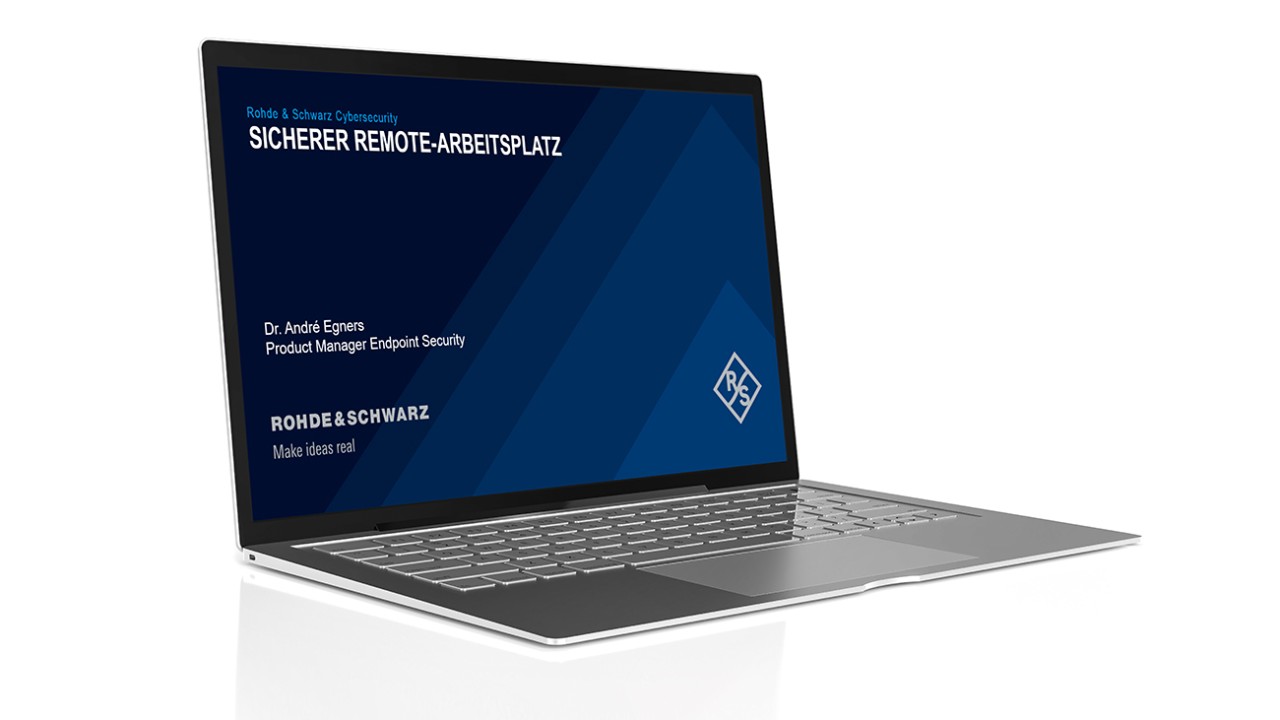Approvals for securing classified information (VS-NfD/RESTRICTED) by the German Federal Office for Information Security (BSI)
Classified information is facts, objects or knowledge (documents, data carriers, technical equipment or devices) for which there is a need for secrecy in the public interest is and which is classified by an official body.
The respective classification level is determined by the consequences that could arise if unauthorized persons obtain knowledge of the classified information.













